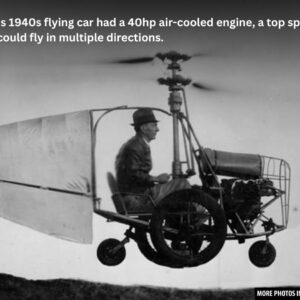In the history of aviation, few machines have left as significant a mark as the Vought-Sikorsky VS-300. Recognized as the world’s first successful helicopter, the VS-300 was not just a feat of engineering—it was a pioneering breakthrough that laid the groundwork for the modern rotorcraft industry. Designed by the visionary Igor Sikorsky in the late 1930s, the VS-300’s achievements went far beyond its modest size and limited initial production. Today, it stands as a symbol of the relentless human pursuit of flight, a tale of determination, experimentation, and innovation.
The Birth of Helicopter Innovation: Sikorsky’s Vision and Early Experiments
The roots of the VS-300 trace back to Igor Sikorsky’s years of experimentation with rotary-wing flight. By 1938, Sikorsky, an engineer at Vought-Sikorsky Division of United Aircraft Corporation, had already demonstrated a keen interest in advancing the concept of vertical flight. Sikorsky’s passion for helicopters was fueled by a deep belief in their potential for both military and civilian use. He had already developed several designs, but none had taken off in the way he envisioned.
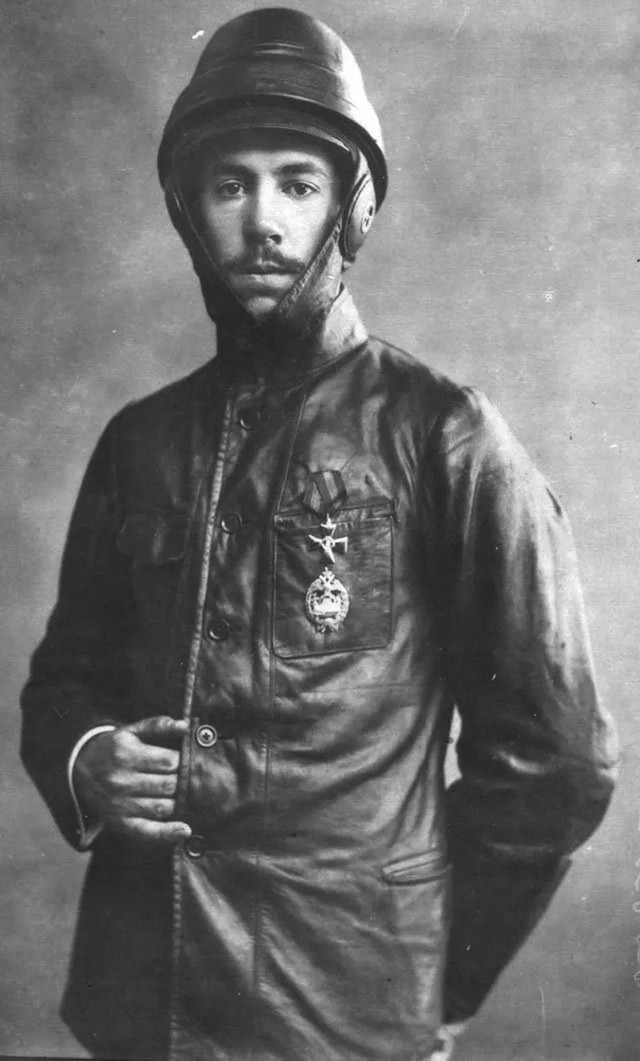
In 1939, Sikorsky, along with a small team of engineers, embarked on the task of creating a practical, stable helicopter. Their goal was not only to construct a machine that could achieve vertical flight but one that could be sustained, controlled, and utilized in the real world.
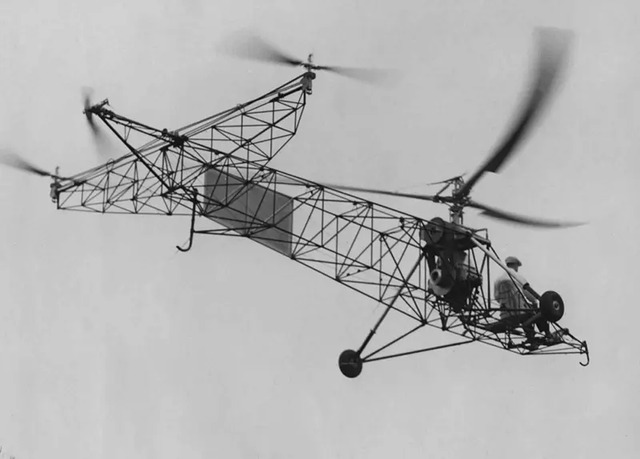
After much work, the VS-300 came to life—a simple, single-engine helicopter powered by a 75-horsepower engine. Its design featured a three-blade rotor, mounted centrally above the fuselage, and a tail rotor for stabilization. This basic framework would serve as the platform for future iterations and refinements in helicopter design.
Video
Watch this video to explore the Vought-Sikorsky VS-300, the revolutionary helicopter that changed aviation history!
Key Features of the VS-300: A Look at the Design and Engineering Breakthroughs
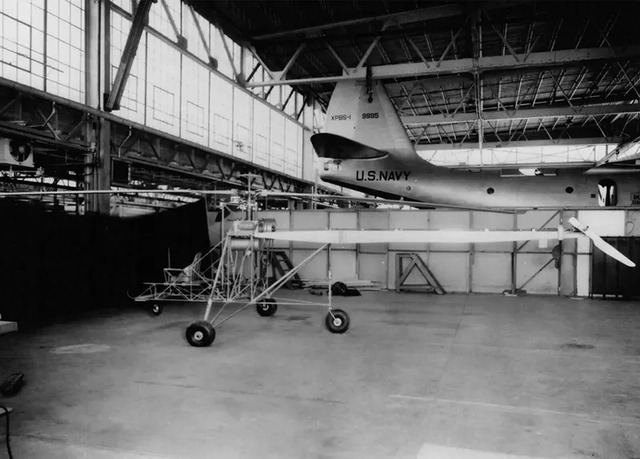
At its core, the VS-300 was a simple yet innovative design. The helicopter featured a single engine driving a three-bladed main rotor, a configuration that became a hallmark for many subsequent helicopters. Sikorsky also implemented a tail rotor to counteract the torque produced by the main rotor, a vital feature that would influence helicopter designs for decades to come.
One of the most important engineering breakthroughs in the VS-300 was Sikorsky’s introduction of the single engine that powered both the main and tail rotor systems. Prior to this, many attempts at rotary-wing flight used separate engines for each rotor, which proved inefficient. Sikorsky’s solution not only improved fuel efficiency but also simplified the design, paving the way for future innovations in the field.
The Inaugural Flight: Testing the VS-300 in 1940
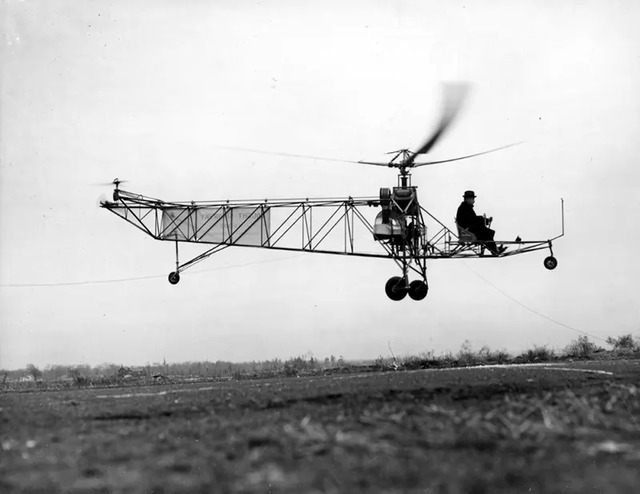
On May 13, 1940, Sikorsky made history with the first “free” flight of the VS-300. While earlier tests had involved tethering the helicopter to the ground, this flight marked the moment the VS-300 achieved true lift-off. With a height of 15 to 20 feet and a forward traverse of 200 feet, Sikorsky successfully demonstrated that his invention could not only hover but also move in all directions—forward, backward, and sideways—capabilities that would form the foundation for future helicopter development.
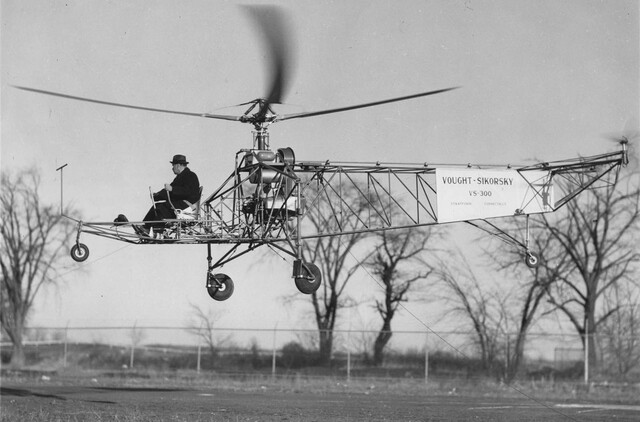
This inaugural flight, though brief, demonstrated that the concept of a viable, controllable helicopter was no longer a mere dream. The VS-300 had successfully taken its first steps toward revolutionizing the way humans would travel and conduct work in the air.
Design Improvements and Modifications: Enhancing the Helicopter’s Capabilities
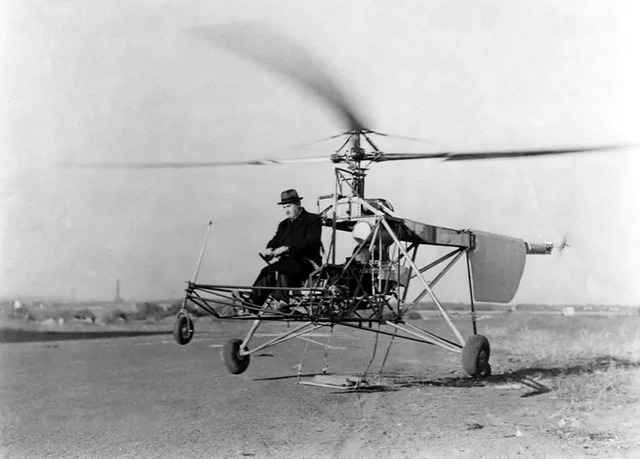
Following the first successful flights, Sikorsky and his team continued refining the VS-300. Several key design modifications were made to improve its performance and handling. One of the most significant changes was the addition of a vertical airfoil on the tail to assist with anti-torque. Though the vertical airfoil proved ineffective and was eventually removed, it represented Sikorsky’s continual pursuit of the ideal design.
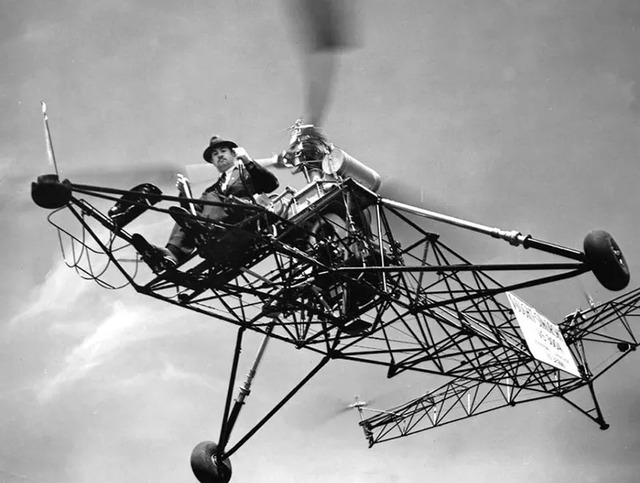
The team also made adjustments to the cyclic control system, which allowed for greater control of the helicopter’s pitch and yaw. However, challenges with the cyclic control system persisted, leading to Sikorsky’s decision to lock the cyclic and introduce smaller vertical-axis lifting rotors at the rear of the tail boom. These rotors helped provide fore and aft control, further improving the helicopter’s stability and maneuverability.
Sikorsky’s Water Landing and Amphibious Capabilities
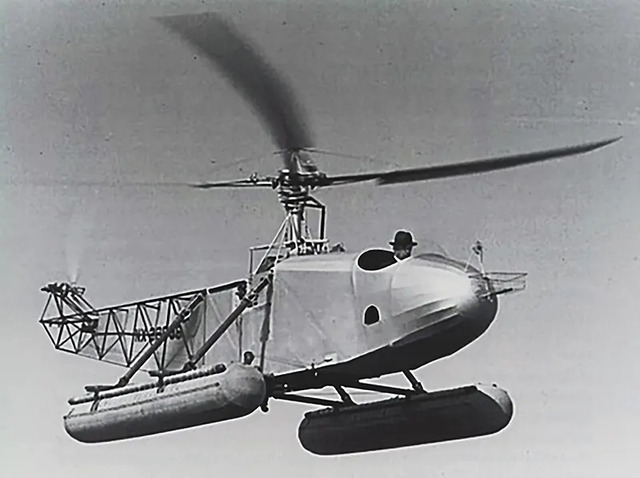
In a significant move that added to the versatility of the VS-300, Sikorsky fitted the helicopter with utility floats, or pontoons, and conducted a successful water landing on April 17, 1941. This marked the world’s first amphibious helicopter—an achievement that greatly expanded the potential use cases for rotary-wing aircraft. The ability to land on and take off from both land and water opened new avenues for helicopters in both military and civilian applications.
Endurance Record: Sikorsky VS-300’s Triumph Over the Focke-Wulf Fw 61
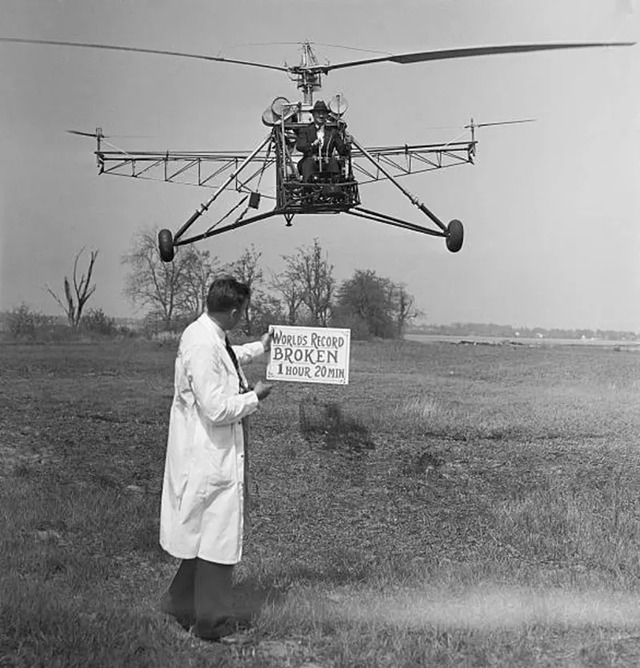
On May 6, 1941, the VS-300 made another notable achievement by breaking the world endurance record held by the German Focke-Wulf Fw 61. Sikorsky’s helicopter stayed aloft for a remarkable 1 hour, 32 minutes, and 26.1 seconds, proving its stability and reliability in flight. This accomplishment solidified the VS-300’s reputation as a serious contender in the world of aviation and set the stage for further advancements in helicopter technology.
Retirement and Legacy: The VS-300’s Impact on Helicopter Technology
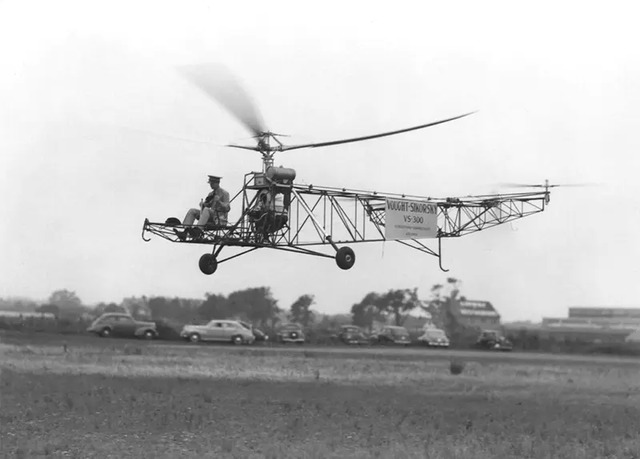
After several years of testing and modifications, the VS-300 was retired in 1943 and placed in the Henry Ford Museum in Dearborn, Michigan, where it remains on display today. The VS-300’s retirement marked the end of one chapter in helicopter development but also the beginning of a new era in rotary-wing aviation.
Following the success of the VS-300, Sikorsky continued to innovate and refine helicopter technology, eventually leading to the creation of some of the most iconic helicopters in history, including the Sikorsky H-34 and the CH-53 Sea Stallion. Sikorsky’s contributions to the helicopter industry have had a lasting impact, and his name remains synonymous with helicopter development. His work laid the foundation for modern rotorcraft design, influencing generations of engineers and pilots.
More Photo of The Vought-Sikorsky VS-300
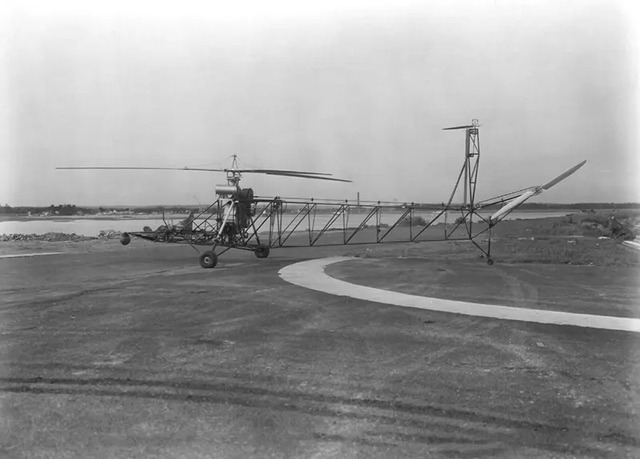
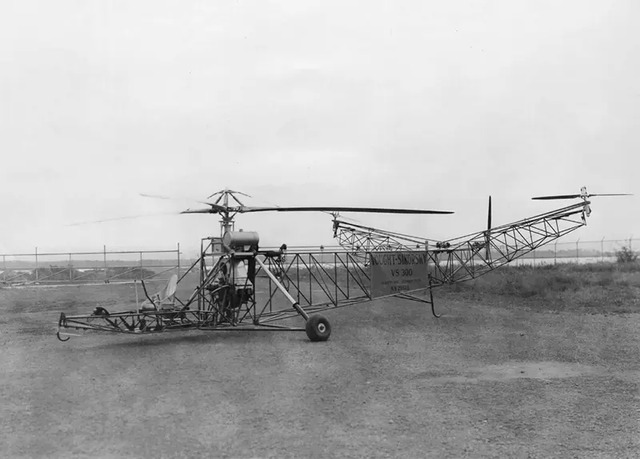
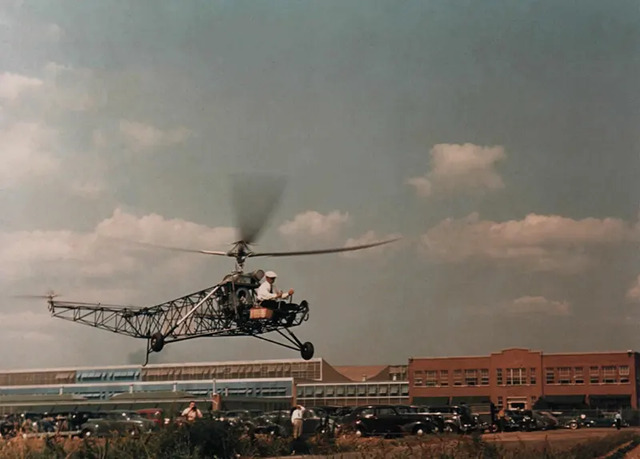
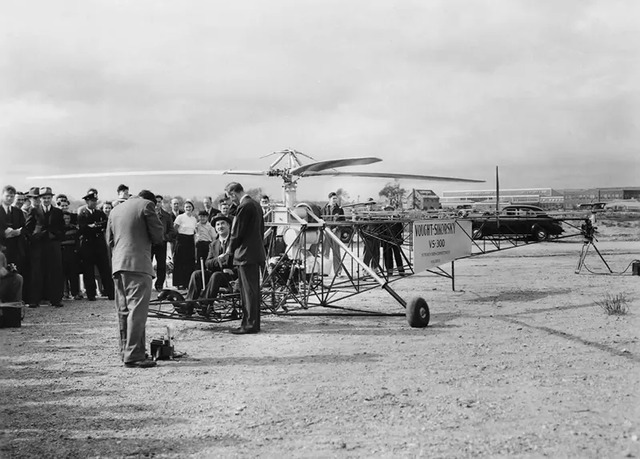
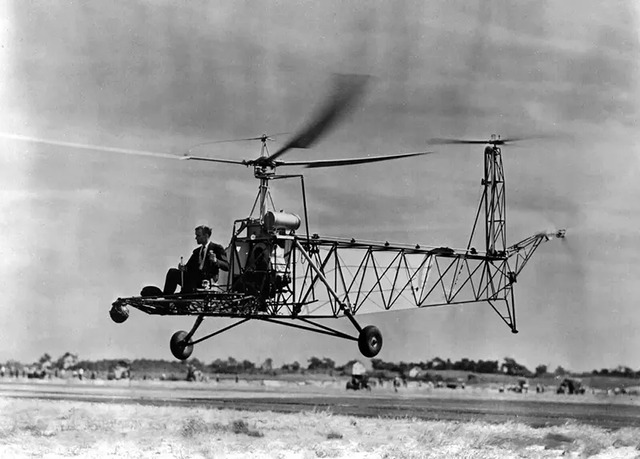


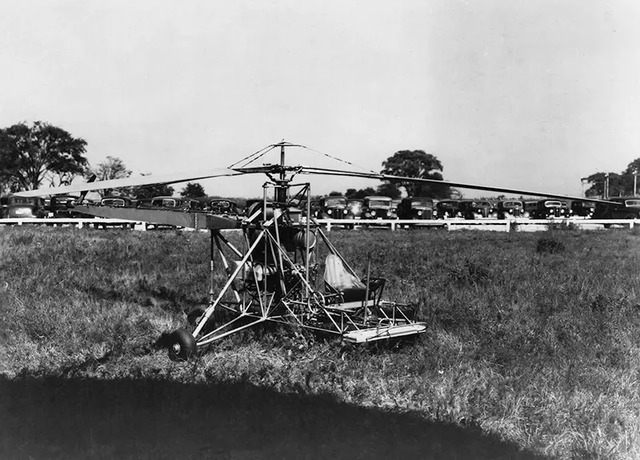
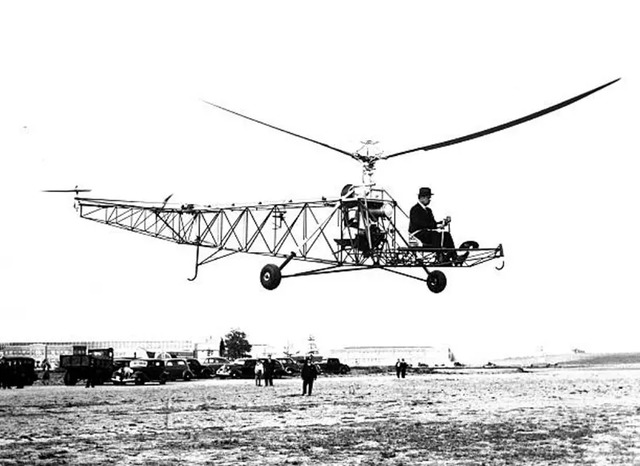
Video
Watch this video to learn about Igor Sikorsky, the aviation genius and engineering pioneer who revolutionized flight!
Conclusion: Reflecting on the VS-300’s Role in Shaping Aviation History
The Vought-Sikorsky VS-300, though small in comparison to today’s helicopters, was a revolutionary machine that changed the course of aviation history. From its humble beginnings in Sikorsky’s workshop to its status as the world’s first successful helicopter, the VS-300 represents the power of human ingenuity and the drive to push the boundaries of what is possible. The legacy of the VS-300 lives on in every helicopter that takes flight today, and its story continues to inspire new generations of engineers, inventors, and aviation enthusiasts.


